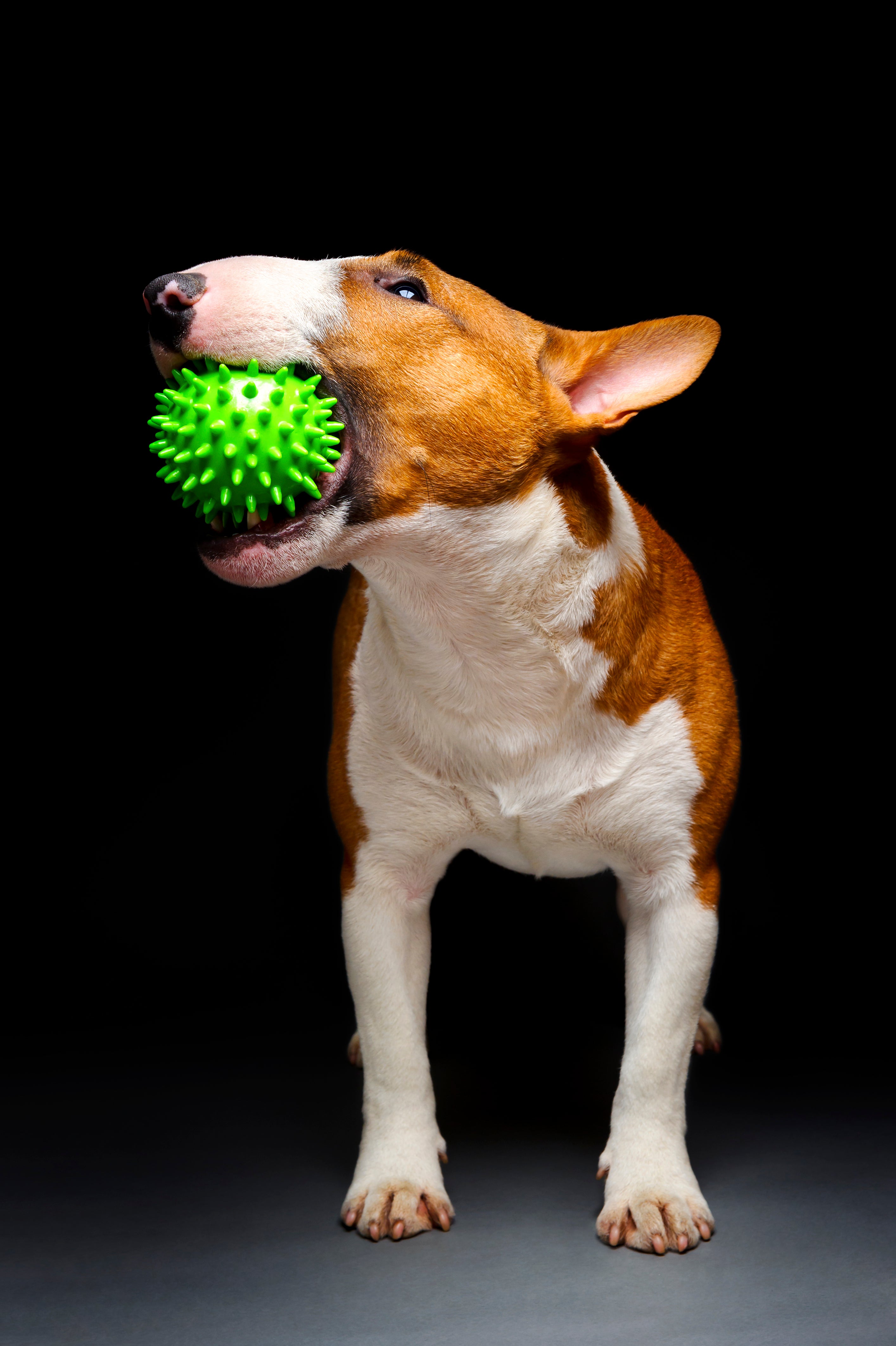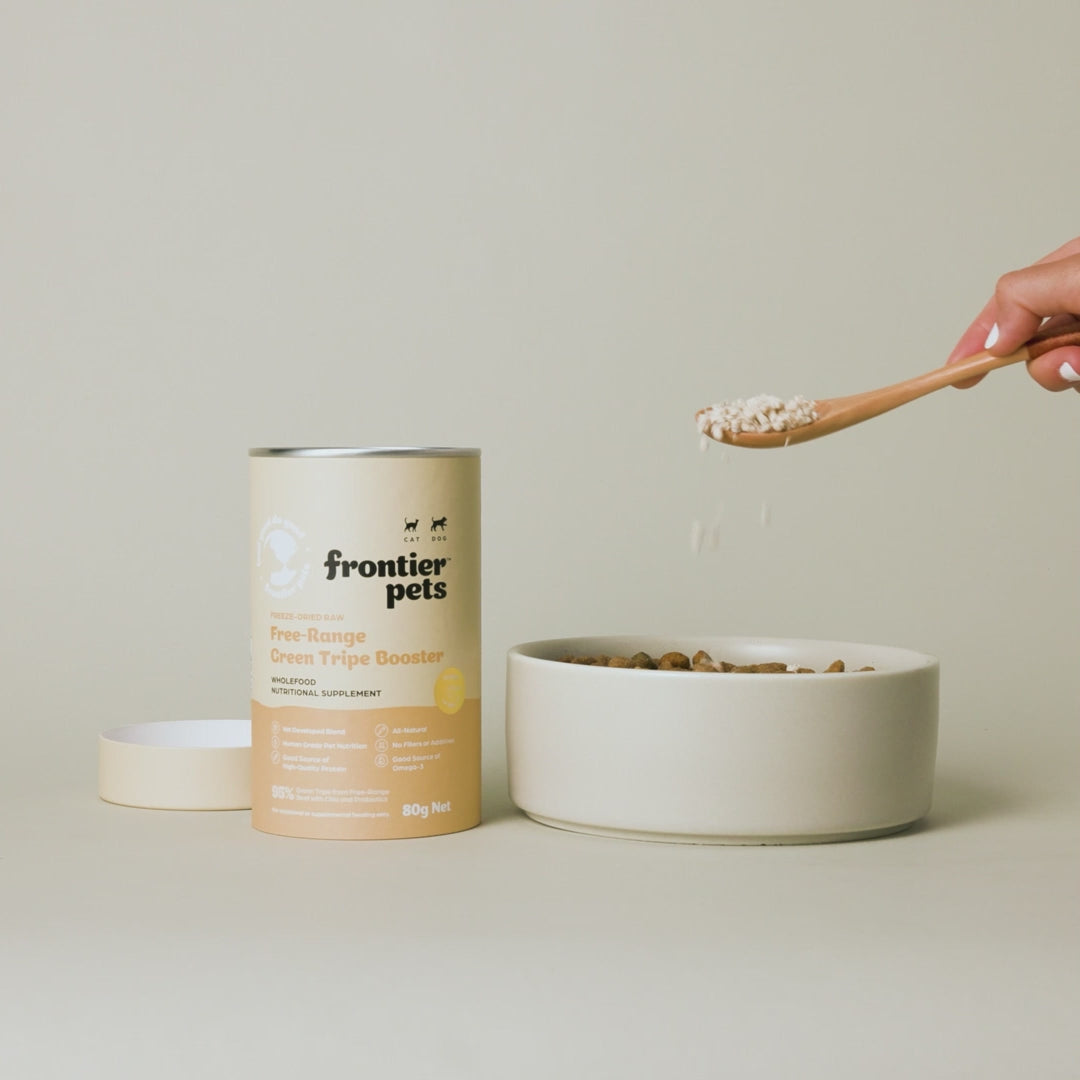How is Kibble (Dry Food) Made?

How is Kibble (Dry Food) Made?
The increase of pet deaths leading to pet food recalls, both here and overseas, has prompted conscious pet owners to take a closer look at their dog’s food.
As rightly they should.
The incidence of skin allergies and digestive problems has increased ten-fold over the last few decades and now, horrifyingly, 1 in every 3 pets will suffer from some form of cancer where 1 in 4 dogs and 1 in 5 cats can experience cancer in their lifetime.
Ask an independent vet or animal nutritionist why this is so, and they’ll likely tell you it stems from heavily processed kibble (dried) food which contains biologically inappropriate ingredients.
It’s the most widely used pet food on the planet, due mainly to its convenience, and yet many people don’t know how kibble – or dried dog food – is made.
And if you don’t know this information, you can’t make informed decisions on what to feed your pet.
So, here’s a quick overview that simply states the facts on how kibble (or pet food) is made and what it is made of.
What is Kibble Made Of?
Firstly, let’s look at the key ingredients. Kibble contains the following:
- Meat Meal made from rendered meat by-products (livestock, seafood, horses and other dead animals)
- Cereals and Grains (except grain free kibble)
- Corn Gluten Feed (usually).
- Fruit & Veg (sometimes and mostly powdered from China)
- Preservatives
- Stabilisers
- Gelling Agents
- Synthetic vitamins and minerals
- Palatability Enhancers like yeast, fat, sweeteners or concentrated flavours
What is Meat Meal?
Rendering is a process that uses heat to separate fat and water from meat solids.
In the case of pet food, the initial product used for rendering can be anything from meat trim to euthanised pets.

Once the meat solids have been separated from the fat and water, they are then heated again and ground to a powder.
The resultant product is what is known as Meat Meal.

Why Meat Meal is Not Ideal:
-
Unspecified Ingredients: Generic terms like "meat meal" can include low-quality by-products from various animals, including non-standard sources.
-
Nutrient Loss: High-temperature rendering can destroy natural nutrients, requiring synthetic additives to replace them.
-
Eco-conscious Concerns: May include rendered materials from animals not suitable for human consumption, raising quality and sourcing issues.
-
Digestibility: Lower-quality meat meals may be harder for pets to digest, potentially leading to health issues.
-
Transparency: Lack of clear labeling makes it difficult for pet owners to know the true quality and origin of the ingredients.
The second key ingredient in most kibble is cereals and grains. An enormous percentage of pet food is made using cereals and grains. If these are the first thing listed on the pack, then it’s likely that the food contains 30% plus of this stuff. It’s cheap – that’s why it’s used. And it’s usually the waste product from the original grain, so it’s not even the good stuff.
Dogs and Cats are not built to eat cereals and grains. It’s that simple. They just can’t digest them well and as a result end up converting them to sugar, so they become overweight.
Too much grain can also cause digestion problems and skin irritation – not the least of which is from the mites that live in the grain that can be ingested.
Preservatives, Stabilisers and Gellings
Preservatives, Stabilisers and Gelling agents are required to keep the food shelf stable and to keep it ‘together’ for forming – as the ingredients are all in powder form, the kibble would crumble and fall apart if these ingredients were not used.
How is Kibble Processed?
All of these ground powder like ingredients mentioned earlier is then mixed together with liquid and are combined into a dough.
The resulting ‘dough’ mix is then heated again so that it becomes malleable and put through an extruder at high pressure so that it forms into shapes or pellets.
The final process involves backing the shapes and then spraying them with colours and flavours. This is done because the kibble is grey when it comes out of the extruder, and no-one would want to feed their pet grey food!
If you look closely at kibble, you’ll often see a ‘shininess’ – that’s the spray and it doesn’t take a genius to work out that green or pink pet food isn’t a natural colour.
This is how kibble is made. The ingredients may differ slightly, and the original meat produce may have been human-grade, but the process is the same – regardless.

Frontier Pet food offers the perfect alternative
Frontier Pet food offers the same convenience as kibble, but without any of the problems.
It’s made from produce purchased directly from farmers.

There’s no rendering involved and, because it’s freeze-dried, all of the ingredient's integrity remains completely intact.
It contains no preservatives, colours, flavours or gain. Plus it’s GMO free and extremely low in carbohydrates. It’s the ultimate dog food without any additives or preservatives.
We receive feedback from customers on a daily basis about how their dog’s health has improved massively since feeding them Frontier. From long term skin conditions clearing up to digestive issues being a thing of the past.
For those with fussy dogs, probably one of the better outcomes is that dogs love Frontier – so it makes meal times a joy as well.
It’s the best natural dog food around and we know that if we have a happy dog, we have a happy owner.
To view a quick video explaining all of the above, go to:
Summary
Kibble may be convenient, but the high-temperature processing and reliance on synthetic additives raise significant concerns about its nutritional quality and long-term impact on pet health. From low-quality meat meals to grain fillers and artificial enhancers, many of the ingredients in kibble are biologically inappropriate for dogs and cats, potentially leading to allergies, digestive issues, and even serious health conditions like cancer.
In contrast, Frontier Pet food preserves natural nutrients through freeze-drying, using sustainably-sourced ingredients without any preservatives, colours, or grains. For pet owners seeking a healthier, more natural option, Frontier offers a safe and nourishing alternative to traditional kibble.











